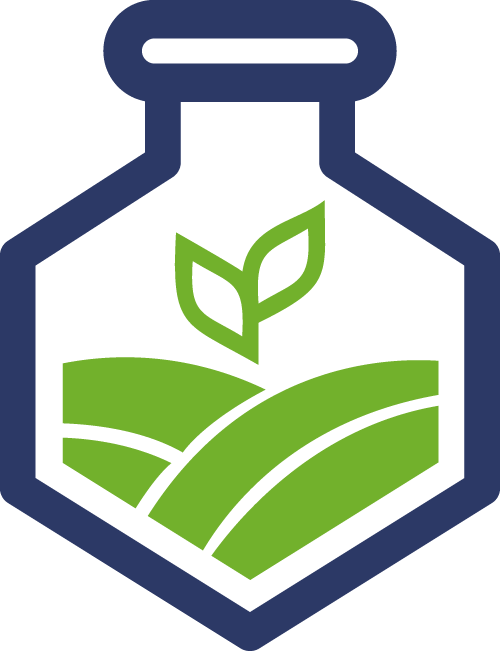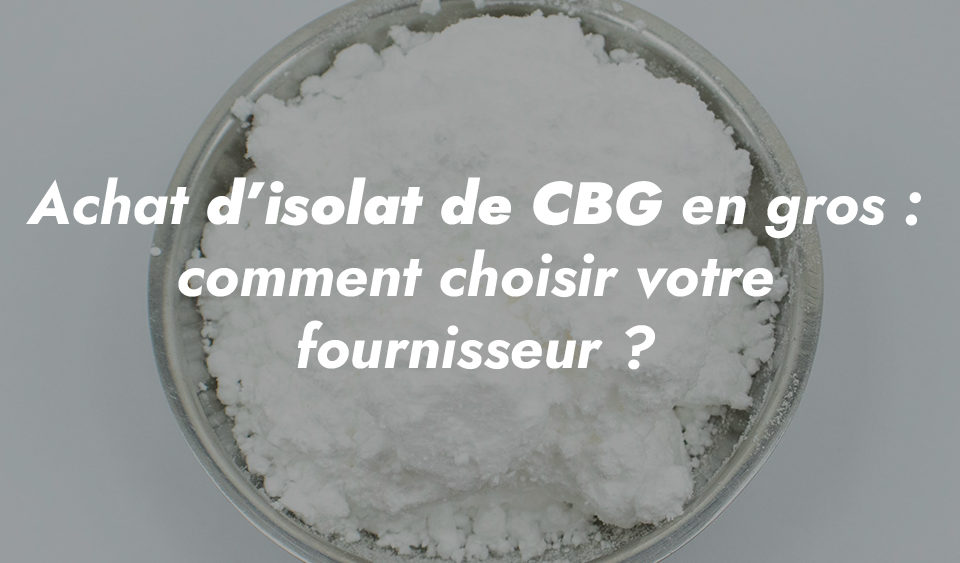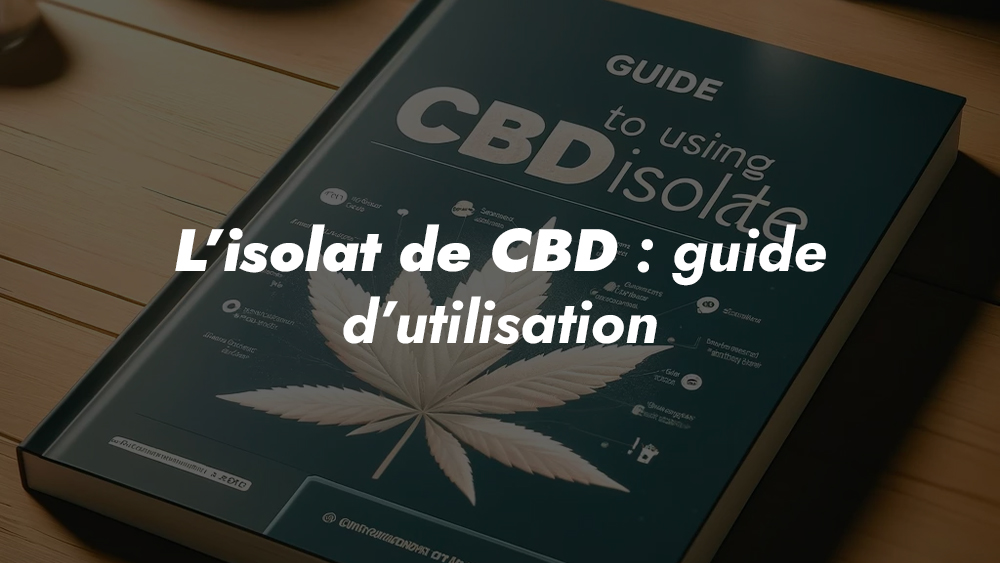
How to use CBD isolate
April 22, 2024
All about water-soluble CBD
May 28, 2024Cannabitriol (CBT) is one of the many minor cannabinoids synthesized in hemp flowers. Rarer than cannabinol (CBN) and cannabigerol (CBG), it is slowly appearing in the catalogs of some hemp extract wholesalers, notably in the USA, where some manufacturers offer CBT distillate for bulk purchase.
In France, very few laboratories offer CBT (isolate or distillate). On the other hand, it does appear from time to time in the composition of some very specific products, such as resistant crystal distillate, alongside other minor cannabinoids.
So what exactly is CBT? What are its effects? Does it have any benefits?
CBT: definition of cannabitriol
CBT belongs to the phytocannabinoid family. It is one of hundreds of molecules synthesized in minute quantities in cannabis flowers. As with most minor cannabinoids, its content can vary considerably from one variety to another.
Discovery
CBT was discovered in 1966 during a study of the various components of hemp. However, it was isolated more than ten years later, in 1977. [1] It then made a brief reappearance in the scientific press on the occasion of research into minor cannabinoids and their potential therapeutic applications, which we will discuss later in this article.
Before continuing, it's important to clarify that CBT has several isomers (at least 9), including one with which it is often confused on the Internet, CBT-C (cannabicitran), isolated in 1974. Although obviously closely related, these are two different molecules. We're talking here only about CBT.
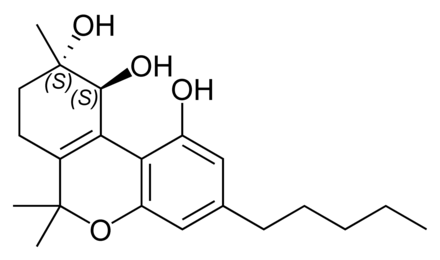
Biochemistry
Like the vast majority of phytocannabinoids, CBT is synthesized in its acid form, CBTa, from a molecule of CBGa, the parent cannabinoid.
It takes on its neutral form - CBT - through the process of decarboxylation, i.e., under the effect of heat. This phenomenon, which begins naturally with the sun's rays, causes the loss of a carboxyl group (COOH), leading to the transformation of CBTa into CBT + CO2.
We read on some blogs [2] that CBT is in fact the result of the degradation of cannabichromene (CBC), another minor cannabinoid. However, this information has not been scientifically sourced.
On the other hand, we have also read on several occasions that CBT is in fact the result of THC degradation. This is the case, but artificially, thanks to the intervention of certain enzymes used in one study[3]. That said, this information remains interesting, as it could open the way to a CBT synthesis process.
CBT, a close relative of THC?
Let's face it: there are huge gaps in the information we have about CBT. And this, unfortunately, encourages the disclosure of erroneous data. For example, many (non-scientific) articles agree that CBT is a close relative of THC.
In a way, that's true. They both belong to the phytocannabinoid family. And that's why their chemical structure is relatively similar. CBT's simplified chemical formula is C21H30O3, while THC's is C21H30O2.
However, although the two molecules may seem extremely close, in reality they are no closer to each other than any other cannabinoids. As a reminder, CBD and THC have the same chemical formula...
In some cases, the parallel between CBT and THC goes even further, and we read here and there that CBT also produces hallucinogenic effects. However, scientific data confirms that this cannabinoid does not alter the state of consciousness.
Finally, other writings explain that CBT is in fact a THC antagonist. In other words, it could cancel out its psychoactive effects. Again, there is no scientific evidence to support this claim. A study was carried out in the search for a "drug" capable of cancelling out the effects of THC. This drug has been tested (using specific catalysts, not detailed in the study) with success. CBT would simply be the product of the (artificial) degradation of THC. [3]
CBT properties: what are the scientific facts?
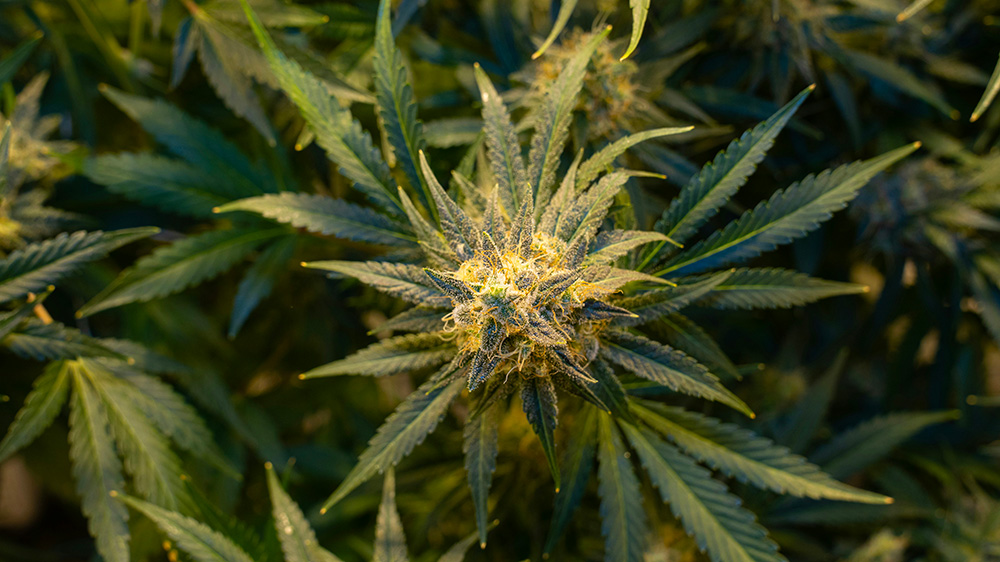
CBT has not been studied in isolation. However, as the role of minor cannabinoids is of growing scientific interest, its name appears in some preliminary study results.
CBT in breast cancer prevention research
A study [4], dating from 2020, investigated the therapeutic potential of certain cannabinoids (over sixty) in the prevention of breast cancer. The anti-carcinogenic mechanism studied is the inhibition of aromatase, an enzyme capable of reducing the size of estrogen-dependent tumours.
Of the 61 cannabinoids tested for their ability to inhibit aromatase, 21 showed acceptable anti-carcinogenic activity, and 3 were selected: CBD-C1 (an isomer of CBD), CBR (cannabiripsol) and CBT.
CBT, in particular, appears to be just as effective as certain anti-cancer drugs (androstenedione and fadrozole). Although further studies into the anti-cancer potential of CBT are needed, these results are very encouraging, conclude the researchers of the aforementioned study.
Research in traditional Chinese medicine
Recently, Japanese researchers isolated cannabinoid-like molecules from a variety of Rhododendron used in traditional Chinese medicine [5]. These molecules include CBT, CBL (cannabicyclol) and CBC (cannabichromene).
As well as highlighting the fact that cannabinoids can be found in more than just cannabis flowers, the study shows that CBT is a histamine inhibitor. This activity potentially gives it anti-allergic and anti-inflammatory properties. However, further studies are needed to confirm these observations.
What's in it for CBT users?
All cannabinoids are of interest, whether for therapeutic or recreational purposes. However, despite the encouraging observations cited above, CBT's potential remains to be discovered.
Indeed, as we have seen, very few studies have been carried out on the subject, and what we read here and there is not always based on scientific fact. What's more, consumption of CBT in isolation (i.e., without the presence of other molecules) remains very, very marginal. So there isn't enough feedback to build a profile for this cannabinoid.
In any case, we can assume that it contributes to the entourage effect. This theory, developed by Dr. Ethan Russo, suggests that the molecules synthesized in cannabis flowers act synergistically. In other words, the potential therapeutic properties attributed to the plant are the result of thesynergistic action of all its cannabinoids and terpenes. And not just the work of CBD and/or THC.
L’intérêt des produits au CBT pour l’utilisateur, s’il y en a un, est donc de celui de pouvoir profiter d’un effet entourage optimal. Nous verrons un peu plus loin que le CBT est, en fait, surtout intéressant pour les fabricants !
CBT in the CBD market: future prospects
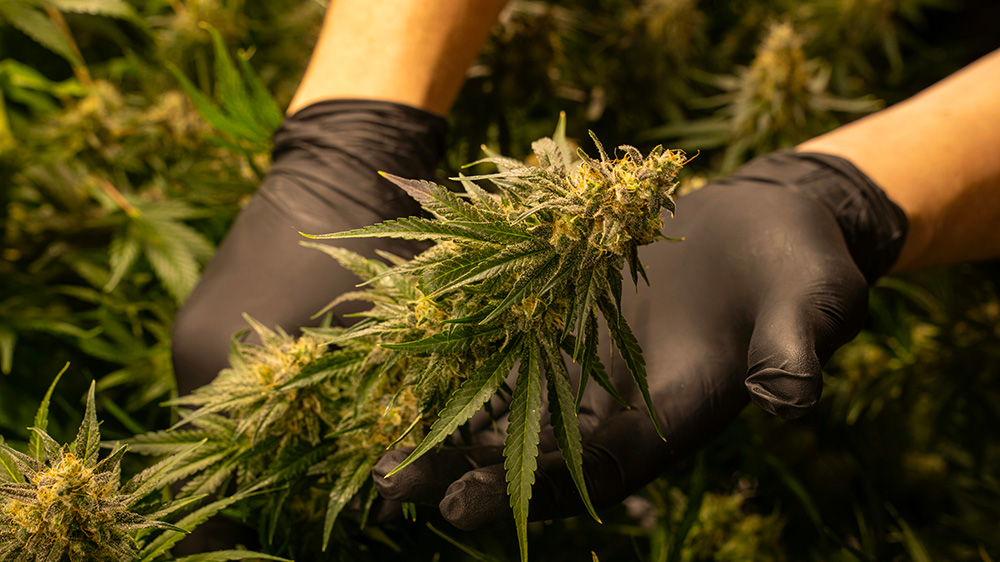
As with most minor cannabinoids, CBT's therapeutic potential remains unresolved for the time being. However, the lack of additional studies is rarely a barrier to the commercialization of a cannabis-derived molecule.
Does this mean CBT has a future in the French CBD market? Technically, yes. But its fate could be very different from that of other minor cannabinoids such as CBN or CBG...
Legal framework
Before discussing the "business potential" of CBT, it's important to take a few moments to look at the regulations. Only a few moments, because, as is traditional in our industry, CBT is legal because it's not regulated. In other words, this molecule is not yet regulated, which is why it is, for the time being, legal.
However, since it does not cause hallucinogenic effects and is derived directly from cannabis, without any synthesis process, CBT can be expected to remain legal.
Feasibility of CBT extraction
CBT extraction is feasible, in the sense that the method used is similar to that employed to extract other minor cannabinoids such as CBN or CBG. Supercritical CO2 extraction, for example, offers this possibility.
In any case, it should be borne in mind that CBT is synthesized in very small quantities, even smaller than the cannabinoids mentioned above. What's more, isolating CBT does not, for the moment at least, represent any great interest. Neither for the user, nor for the manufacturer.
On the other hand, as we'll see in the next paragraph, it's interesting to extract it with other minor cannabinoids such as CBC and CBL.
Current uses for CBT distillate: an anti-crystal agent
Have you heard of crystal-resistant distillate? For those who frown, this is a distillate specially formulated to retain its viscosity for longer. As you know, CBD tends to clump together after a while, forming crystals.
This phenomenon is normal and does not imply any degradation in product quality. However, it can be disconcerting to the user, and a nuisance when manufacturing products for vape. Small crystals can damage the device.
In any case, it's interesting to know that crystal-resistant distillates contain a higher concentration of minor cannabinoids such as CBT than traditional distillates. In effect, they act as anti-crystal agents.
In short, CBT, in isolation, doesn't seem to have a particularly epic destiny. On the other hand, when combined with other minor cannabinoids, it can enhance the use of distillate in your products!
Sources
[1] https://pubmed.ncbi.nlm.nih.gov/895385/
[2] https://www.gvbbiopharma.com/what-is-cannabicitran-a-cbt-guide/
[3] https://pubmed.ncbi.nlm.nih.gov/17335216/
[4] Cannabinoid as Potential Aromatase Inhibitor Through Molecular Modeling and Screening for Anti-Cancer Activity.Journal of Pharmaceutical Sciences, University of Dahka.
[5] New cannabinoid-like chroman and chromene derivatives from Rhododendron anthopogonoidesPubMed
